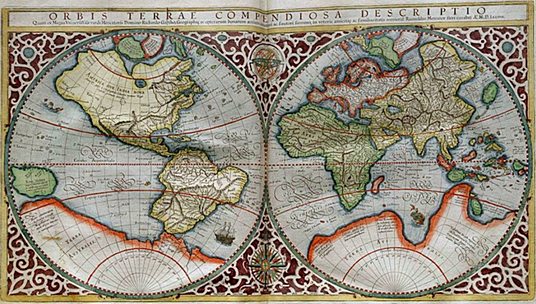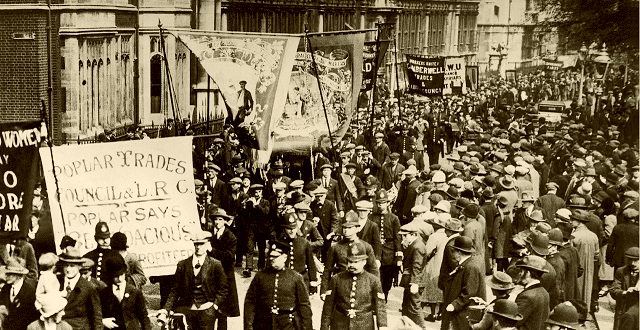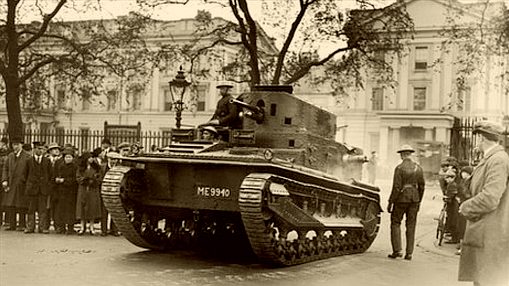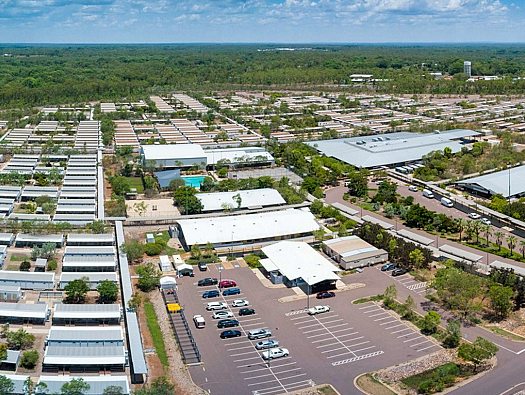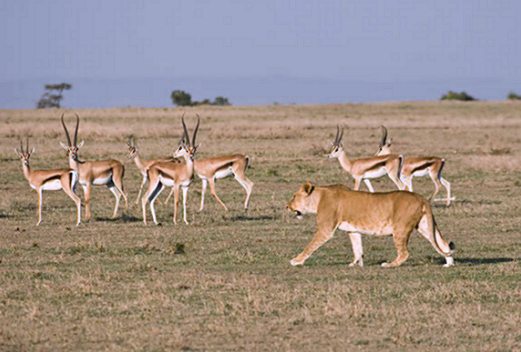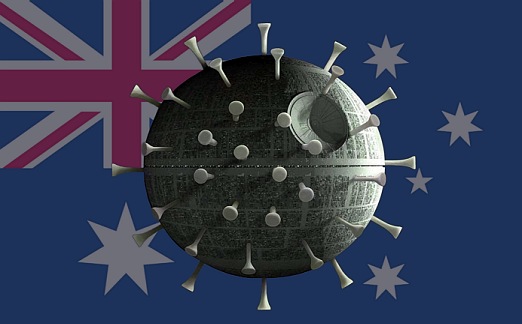
Many thanks to Hellequin GB for translating this essay from Anderweltonline.com. The translator’s comments are in square brackets:
Nuclear War? Only the southern hemisphere will survive
by Peter Haisenko
The effects of atomic bombing are mostly misjudged. Hiroshima and Nagasaki are not nuclear deserts. They quickly became thriving cities again. But what will be the effects if hundreds, even thousands, of atomic bombs are used?
Atomic bombs are detonated about 300 meters above the target. In this way, the explosive power has a greater range. The pressure and heat wave can have an effect over many kilometers. If the ignition took place on the ground, it would quickly be shielded by buildings or natural elevations. The radius of action would be severely limited, but the nuclear contamination would be many times greater in the center. If it were ignited at a height of 300 meters, hardly any of the dangerous radioactive particles would reach the ground. Why is that?
The pictures of “atomic mushrooms” show it: The development of enormous heat creates a very small but enormously powerful low-pressure area. The air, which is forced to move upwards with all the radioactive particles, rises to heights of ten to sixty kilometers and thus sucks all the particles off the ground. The sixty kilometers were observed in the detonation of the Soviet “Tsar Bomba”, the most powerful hydrogen bomb ever detonated. It was so terrible that Moscow decided never to build another bomb like this. The pilot who dropped and witnessed this ultimate weapon said it changed his life and never flew a bomber again.
This bomb would have leveled the whole of Paris, including all the suburbs, in one fell swoop. The pressure wave from the explosion measurably circled the globe three times. What is interesting, however, is that even the island in the Arctic Sea, Novaya Zemlya, where the ignition took place in 1961, was hardly affected by radioactive fallout. Also noteworthy is that the explosive power of this infernal machine was intentionally reduced to about half of what was possible. You can find out more about this here.
The difference between atomic bombs and nuclear power plants
So the point is that when an atomic bomb is used, the destruction below the point of detonation, i.e. at the so-called “ground zero”, is catastrophic, but the radioactive contamination is minor. This is because the radioactive particles are sucked off the ground by the enormous updraft generated by the explosion and transported into the upper atmosphere. There they are blown over the whole earth by the high winds and come down widely distributed everywhere. But wait, all over the world? Exactly not. Fallout is limited to one hemisphere. Why else do you think the US and France conducted their surface nuclear tests in the South Pacific? A total of 688 above-ground atomic bombs were detonated by the end of the 1960s, when it was agreed that these should only be carried out underground. The aim was to stop producing radioactive fallout during these tests.
In this sense, I will briefly address Chernobyl, the accident which is said to have contaminated Europe. This is sheer nonsense. This accident released only a fraction of what each surface explosion threw into the atmosphere. But the point is, before Chernobyl, no one thought of testing fungi or wild animals for radioactive contamination. These results were attributed to the Chernobyl accident and this is incorrect.
Almost all of the radioactive particles that have contaminated the ground came from above-ground atomic bomb tests. But of course you don’t want to admit that, because then you would have to take responsibility for it. Chernobyl would have to be reassessed and the discussions about nuclear power would also have to be conducted on a new basis. However, a meltdown in a nuclear power plant is different from a bomb explosion. The radioactive particles are not ejected into the upper atmosphere, but in the absence of extraction, they fall in an explosion in the immediate vicinity of the accident. At Chernobyl within a radius of about 30 kilometers.

